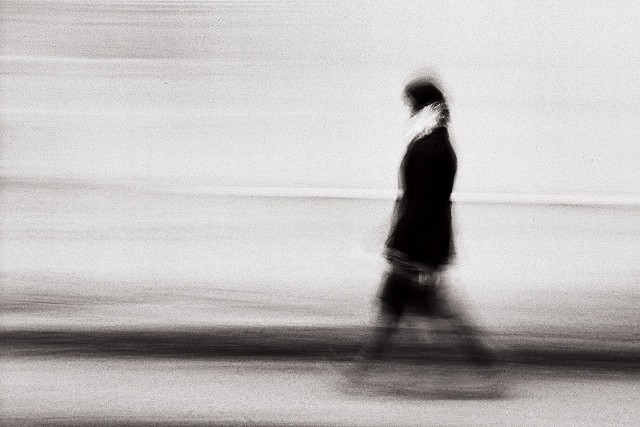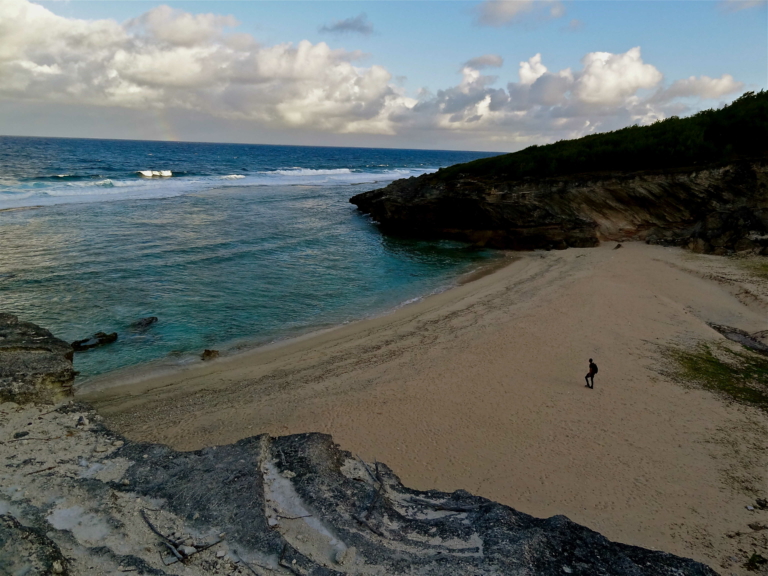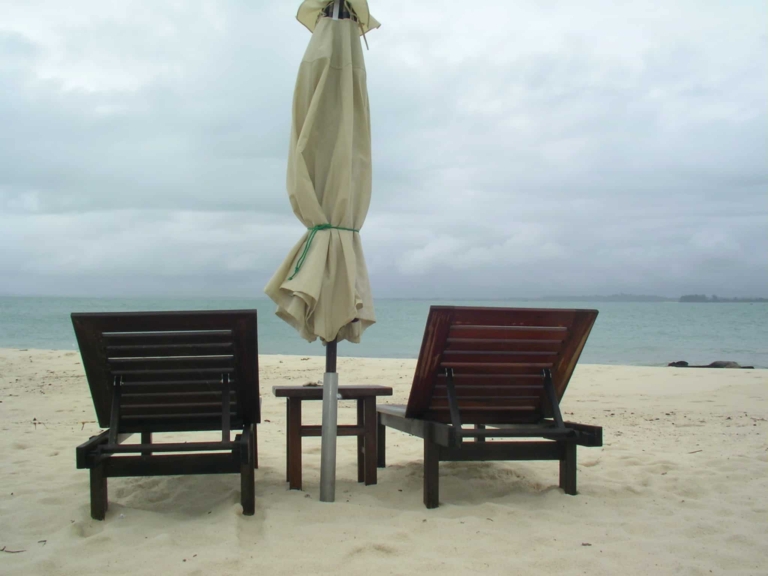Saturn & Stargazing
2009 is a special year in the night sky. The Earth is exactly at the same level as Saturn in space, allowing us Earthlings to catch a vertical view of the second largest planet in our solar system, a one in 15 years phenomenon. To celebrate the International Year of Astronomy, the Science Center in Singapore has opened up its Observatory for free stargazing sessions every Friday night. This week, the main telescope was aligned to focus on Saturn and its moons, and it made for a spectacular sight.
In the magnified view of the telescope, Saturn appears exactly like it was depicted in secondary school geography textbooks, complete with the rings. The rings, which are really pieces of dust and ice moving at tremendous speeds, look gorgeous! Of the 62 moons of Saturn, only 4 of the brighter ones were visible through the telescope, and appeared as though they were protecting the rings of Saturn. To the naked eye, or through a pair of binoculars, Saturn only appears as a bright star in the sky. It makes you realize the power of science. Galileo Galilei must have been quite a scientist to invent something as far-sighted as a telescope!
Saturn will shine in the night sky all the way till July. Meanwhile, Mars and Jupiter will be visible during the next couple of months only during the wee hours of the morning, at least in this southern half of the world (Singapore).
During my stargazing session, it was also a delight to see Orion, the constellation with the 3 stars in a straight line (Orion’s belt). Sirius, from the Big Dipper constellation, was the brightest star in the sky and one of the easier ones to spot with the naked eye. The moon, despite being blinding in its waxing phase, revealed its inconspicuous craters under the inspection of binoculars. If this 8th grade geography sounds greek to you, refresh your memory here in an interactive version of the night sky.
The stargazing session has spiralled my interest in Astronomy. There’s so much we still don’t know about the night sky; perhaps we are just one discovery away from finding an alternate world.
Random fact of the day: Astronauts cannot cry in space because there is no gravity, so the tears can’t fall.
Hi there! I’m Shivya, and I started this travel blog back in 2011, when travel wasn’t trendy, Instagram didn’t exist and AI wasn’t a thing (simpler times, I know!). I write about slow, meaningful and conscious travel – that is good for us, the places we visit, the people we meet along the way, and the planet at large. Settle down, grab a cup of tea, and read stories that remind you of the essence of travel. I’m so glad you found me!





That must have been awesome!!
And how do astronauts urinate then. They can use the same mechanism to cry too! 🙂
i just saw a shooting star
That should have been a great experience. Very interesting fact on the astronauts and like Amit I have that same curious thought 🙂
I would stargaze, but there is this huge skyscraper outside my apartment blocking the entire sky!
Amit and Dinesh – Its simple. Because there is no gravity, they cant even drink water as it wont go down the throat. If there is no water, there is no pee. Hence no need. Hence proved.
(I feel like such a scientist…so proud of myself!)
@ Amit & Dinesh Babu: Amreekandesi has the perfect answer. Couldn’t think of a better one myself!
@ Amreekandesi: Indeed, proud of you too 😀
Whoa…that must have been way awesome. I mean, you saw the rings and the moons??
Oh, and Sirius isn’t in the Big dipper constellation, its in Canis Major. Hope fr a good year of astronomy!
@ Arvee: Yeah, it looked spectacular. Saw the rings very clearly and 4 moons! Oh is it? I think I got my constellations mixed up!